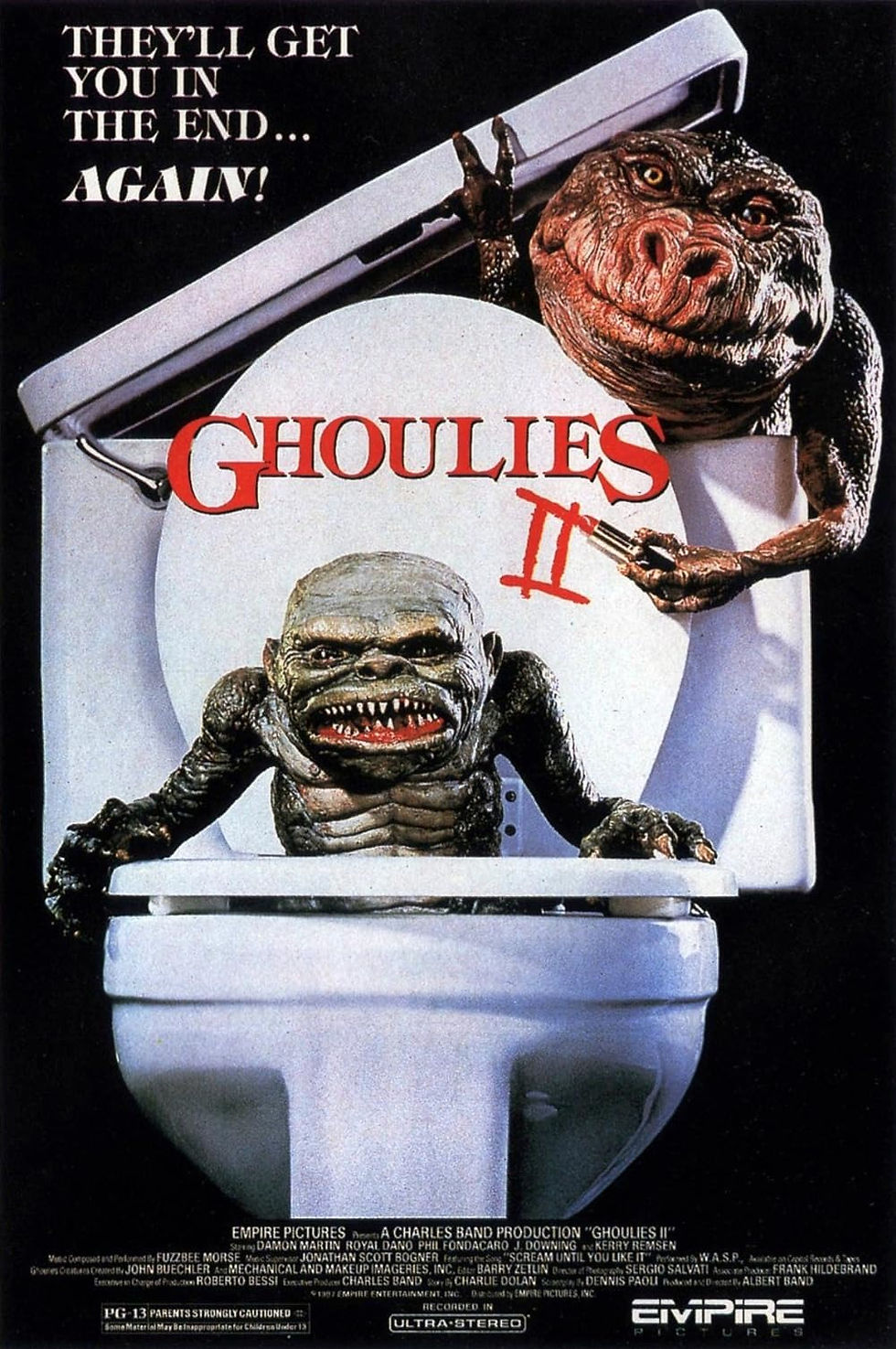Damsels, Darkness, & Decay: The Role of Women in Gothic Horror
- Allan Major

- Mar 18, 2024
- 3 min read
Updated: May 23, 2024

A chill slithers down your spine – not from a cold wind, no. It's the spectral touch of something old, something scented with decaying roses and damp stone. Gothic horror, you see, has a peculiar fascination with the feminine. Women aren't just faces on the screen, they're shadows given form, their presence less flesh and blood and more a distillation of moonlight, mystery, and the macabre. Let's dive into those shadows, shall we?
The Gothic Damsel: Fear as a Virtue
Imagine them – these archetypal Gothic damsels, draped in gossamer nightgowns that seem more like shrouds than garments. Their complexions are the pallor of moonlight, their eyes wide with a terror that possesses a strange, almost hypnotic purity. Think of Mina Harker in "Dracula," pursued relentlessly by the ageless Count, her very innocence a beacon that draws him closer. Or Isabella in "The Castle of Otranto," trapped within the crumbling walls of her ancestral home, every rustle of wind a potential harbinger of doom. Their fear, in this bygone era, is seen as a virtue, a testament to their delicate femininity. Each scream, each tear, illuminates the lurking evil that threatens to devour them. These women are more than characters; they are cautionary tales whispered in the flickering lamplight, testaments to the anxieties of a society that viewed female independence with suspicion, where a woman's strength was measured by her ability to cling to a fainting couch while a man faced the encroaching darkness.

The Femme Fatale: Beauty with a Bite
But beneath the moonlight, another face emerges – the femme fatale. Unlike her trembling sister, she doesn't shrink from the darkness, she thrives in it. Hers is a power born of painted lips, the crimson curve of a smile promising ruin, and eyes heavy with secrets older than the crumbling stones of her ancestral castle. Think of Dracula's brides, their silken whispers and ravenous eyes, or the ageless Carmilla, her touch not a caress but a brand. They're not victims, but predators cloaked in the seductive guise of femininity. Their allure is a poisoned apple, a siren song luring you onto the rocks. They terrify us as much as they entice because they embody a forbidden truth – that desire can be a dangerous, monstrous thing, and sometimes, the most exquisite beauty hides the sharpest teeth.
Shattering the Stained Glass: The Rise of the Gothic Heroine
Yet, the Gothic woman refuses to remain a relic, a fading portrait locked within a gilded frame. She evolves, cracks those restrictive archetypes, and steps out of the shadows with newly forged purpose. Think of Irene Adler, not just a beautiful face distracting Sherlock, but a woman wielding her wit as a weapon, beating the detective at his own game. Or Sally Hardesty, facing down the raw, primal horror of "The Texas Chain Saw Massacre," battered, bloodied, but with a defiant howl that drowns out even the roar of the saw. And in more recent times, we have women like Edith in "Crimson Peak," her curiosity turning into a determination to expose the rot beneath a handsome facade, or Thomasin in "The Witch," a young woman refusing to be consumed by superstition, her spirit burning with a rebellious light in a world steeped in darkness.
These heroines aren't flawless. They stumble, they bleed, they might even be touched by the same darkness they battle. But within them lies a strength forged in the crucible of a world designed to snuff out their light. It's a tenacity that resonates with a modern audience – the woman who won't just survive but will rise, who spits in the face of those who sought to reduce her to a beautiful ghost haunting the periphery of the tale.

Gothic Cinema's Dark Mirror: Reflecting Women's Roles
And that, my friend, is the crux of the matter. Gothic horror films don't just serve up cheap scares. They reflect us, amplify our deepest fears and desires about women. The helpless damsel speaks to a time when female autonomy was a terrifying phantom. The femme fatale is the monstrous embodiment of unleashed sexuality. And those modern heroines? They reflect our hunger for women with claws, who bleed, and fight, and refuse to simply be shadows on the wall.







